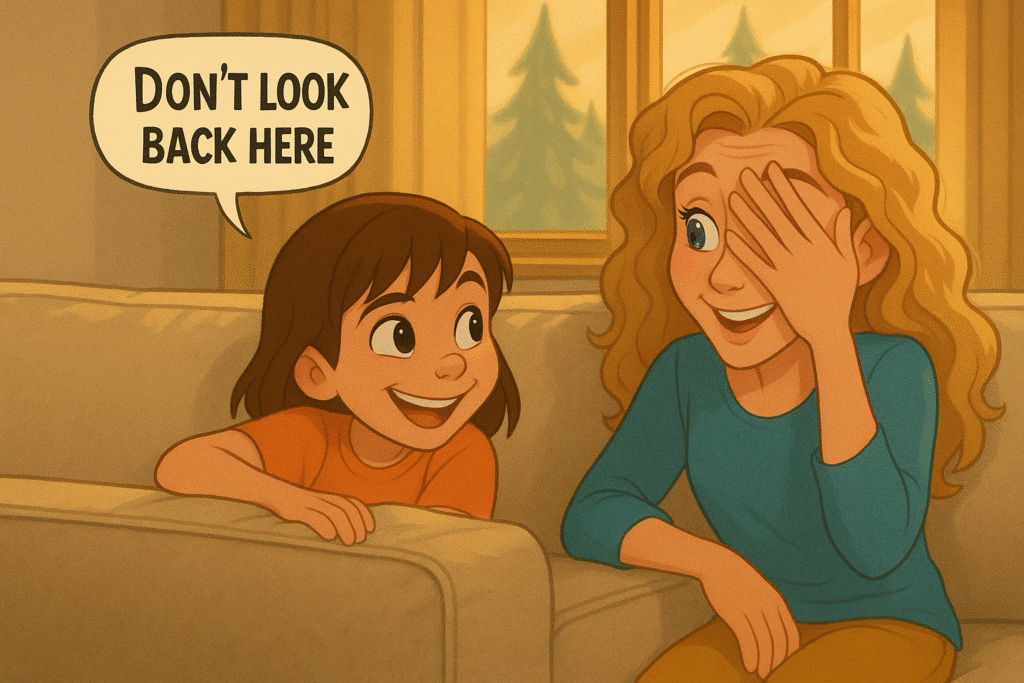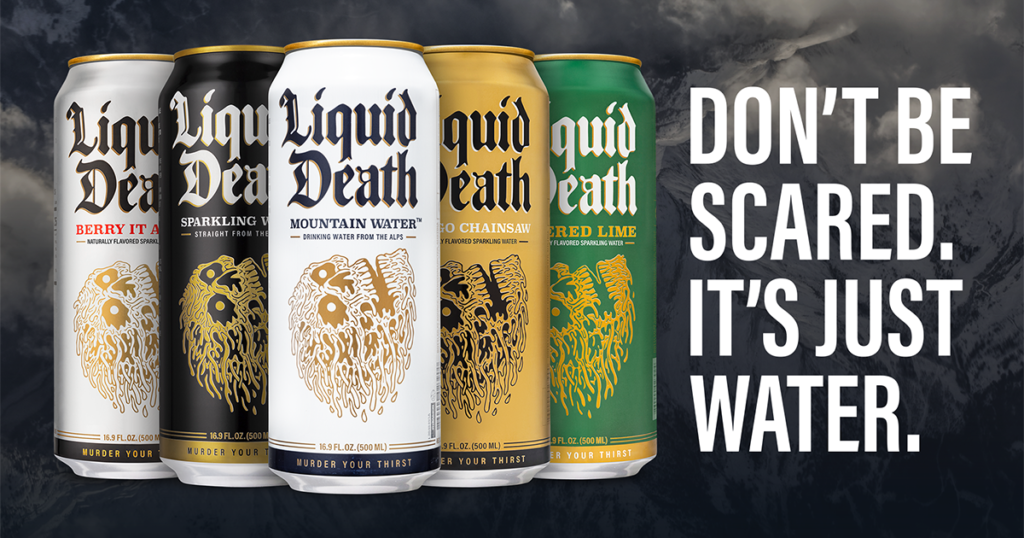
I remember when my youngest daughter discovered she could get her sister’s attention by saying “Don’t look” — immediately followed by whatever she wanted noticed.
It worked every single time. Still does.
Her sister always looks, despite being explicitly told not to.
Sometimes she even says “I’m NOT looking!” while staring directly at whatever she’s supposedly ignoring.
This isn’t limited to sibling psychology.
It’s hardwired human behavior that smart marketers exploit brilliantly.
Liquid Death has built a billion-dollar valuation partly by telling customers “Don’t be scared. It’s just water.”
Their skull-covered cans look like energy drinks or beer, creating cognitive dissonance that demands resolution.

The “don’t” command triggers what psychologists call reactance theory — our brain’s rebellious response to perceived restrictions on our freedom.
Tell someone they can’t do something, and suddenly they want to do it much more than they did before you said anything.
But there’s a deeper neurological truth here too.
Our brains evolved to prioritize threat detection above almost everything else. The amygdala — our ancient alarm system — immediately flags anything that sounds like danger or prohibition.
“Don’t” signals potential threat, which means immediate attention.
In I Need That, I delve into how our dog brain processes visual and emotional cues faster than our rational tank brain can intervene. Reverse negation messaging hits that primal attention system before logic kicks in.
The technique works because it creates a psychological puzzle:
Why are they telling me not to do something they clearly want me to consider?
Product Payoff: Cards Against Humanity leveraged this amazingly with their “Don’t buy this” messaging during holiday sales. In 2014, they literally sold nothing for $5 on Black Friday — calling it “Cards Against Humanity Saves America.” Over 14,000 people paid them a total of $71,145 for absolutely nothing.
Their follow-up campaigns included “Don’t buy our product” messaging that consistently drove higher sales than traditional promotional copy.
The reverse psychology created viral social sharing as customers felt clever for “getting” the joke, amplifying reach far beyond paid advertising.
By the way, Cards Against Humanity has some pretty off-color content. Even the younger-audience version, Kids Against Maturity, gets pretty scatological and rude. (So of course my girls find it hilarious.) At one point, we accidentally got the original grown-up version — and were fairly horrified!
Your next move: Look at your current messaging for opportunities to flip positive commands into reverse negation.
Instead of “Buy now,” try “Don’t miss out on the limited supply.” Rather than “Sign up today,” consider “Don’t lose your spot.”
Test these variations against your standard copy in small batches.
Measure not just click-through rates, but also engagement time and social sharing — reverse negation often creates more memorable, shareable content.
What’s a “don’t” message that made you immediately want to do exactly what they said not to?
Don’t you dare hit that reply arrow and share your own favorite reverse psychology examples!
AND I defy you to reach out to my team of product behavioral marketing experts at Graphos Product.
